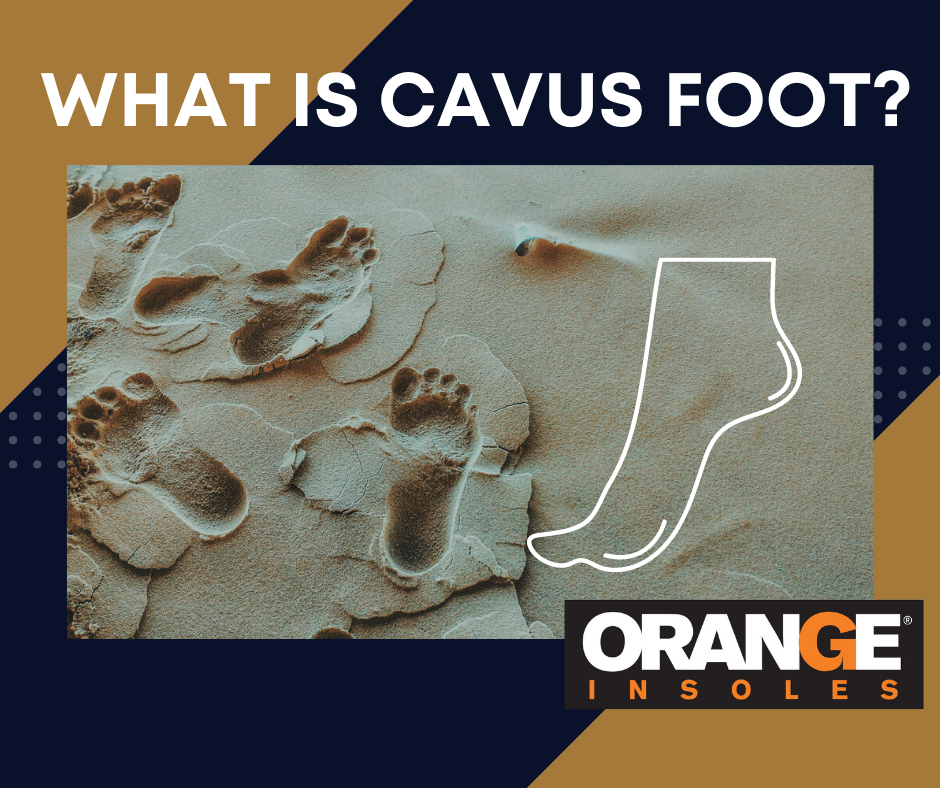Some foot conditions sound scary but really aren’t. Cavus foot is one of those conditions. While it has other complicated names like cavovarus feet and pes cavus, it’s more commonly known as high-arched feet. We’ve talked a lot about high-arches but if you need it, here’s a quick refresher on how Cavus feet, or high arches, can impact your alignment and overall health.
Though people with high arches don’t experience the same kinds of injuries and strains as people with flat feet, they often deal with other kinds of pains and pressure points. If you think you have high arches, it’s something worth treating.
How Do You Know if You Have Cavus Foot (High Arches)
First, it’s important to properly figure out if you have cavus foot, so here’s what you need to look out for:
- Your arches appear to be more curved upwards, even when standing
- You have calluses or pain on the ball of your foot, heel, or the sides of your feet
- A misaligned walk from your heel pointing inwards
- Weak ankles or an ankle that tends to roll outward
- You have two or more toes that are bent improperly (hammer toes)
- You have claw toes- toes that clench like a fist. It usually affects the four smaller toes at the same time
- If you wet your foot and step on a dry piece of cardboard, the water print left mostly shows your toes and heel
Remember that most of these are just indications of possible high arches; you should always go to a podiatrist if you aren’t totally sure and think you need treatment
Over time, this kind of misalignment can raise your risk of:
- Ankle injuries
- Plantar fasciitis
- Metatarsalgia
- Various foot pains
How Do You Diagnose Cavus Feet
A podiatrist or foot/ankle surgeon will observe your feet for any of the signs listed above. They can also check the muscular strength of your feet and take a look at the wear and tear on your shoes. If it’s necessary, an x-ray may be ordered to get a better view of your anatomy.
Is There a Way to Prevent Cavus Foot?
Sometimes, cavus feet result from a neurological disorder and it worsens with time but sometimes it’s just something you’re born with. It’s best to sort through the possible causes of your high arches so your doctor can come up with the best treatment plan for you. Another less common possibility is that a peroneal tendon injury occurred and high arches developed afterwards.
Though, more times than not, it’s just a genetic condition passed on from your parents. The way you care for your feet will determine if you end up with more problems to deal with in the future.
How To Treat Cavus Foot?
You might benefit from a change in shoe style or size. Typically, high-topped shoes with a wider heel space are ideal. For some cases, a doctor might order some kind of custom orthotic device or brace for extra cushioning in areas that deal with more pressure. In more severe cases, surgery might be recommended to permanently fix the problem.
Many times, though, this isn’t really needed- since over-the-counter insoles (like Orange Insoles!) can help provide stability, support, and relieve pain. The best kind of insole for high arches will provide heel stability, (all of our insoles have deep heel cups to improve balance and help prevent ankle injuries) and more cushioning under the ball of your foot, where you might place a lot of your weight (Orange Full and Orange Light both have metatarsal padding- designed for optimal comfort).
Inserts have been shown to relieve pain and prevent plantar fasciitis for this condition making it easy to show some tender love and care for those arches and relieve pain caused by Cavus Foot.

























































